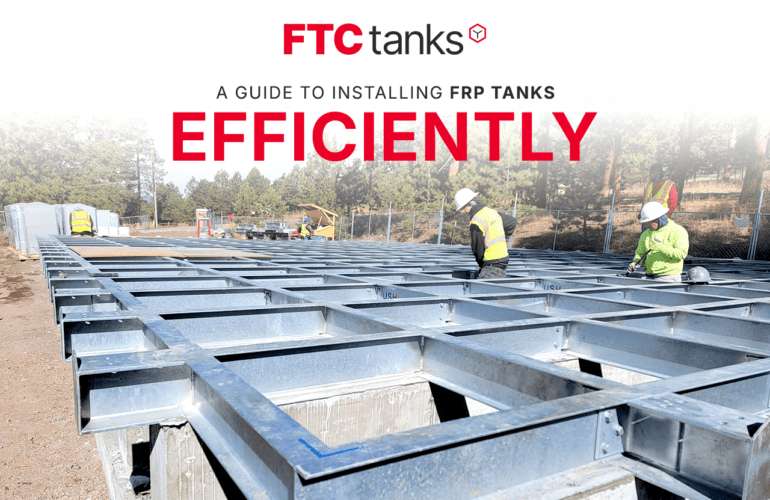Walk into any commercial building and you’ll find one thing in common — water systems that never stop working. Offices, hospitals, hotels, and malls depend on a steady supply and storage. But behind those reliable taps and sprinklers, there’s often a struggle few people see.
Designers and facility managers deal with leaks, corrosion, limited space, and constant compliance checks. The goal is simple: safe, dependable water storage that doesn’t eat into budgets or maintenance hours. That’s where FRP tanks are proving their worth.
Why Commercial Water Storage Gets Complicated
Every commercial property has unique plumbing and fire safety needs. Yet many of the problems stay the same.
Old tanks don’t age well. Steel rusts. Concrete cracks. Coatings wear off. Over time, the inside of a tank becomes a mix of sediment, rust flakes, and bacteria. Cleaning or replacing it isn’t just costly — it disrupts entire systems.
Space is another issue. Roofs and basements don’t leave much room for large setups. Many older sites can’t handle the weight of traditional water storage tanks, especially when filled.
Then comes compliance. Fire protection tanks must meet NFPA Water Tank standards. Domestic systems must use NSF-certified water tanks. That’s a lot to balance for one facility.
How FRP Tanks Change the Equation
The switch to FRP water tanks didn’t happen overnight. Engineers tested them across industries, from manufacturing to hospitality, and saw real, measurable results.
FRP stands for Fiberglass Reinforced Plastic. It’s strong, lightweight, and completely non-corrosive. Here’s what that means in practice:
1. No more corrosion worries.
FRP doesn’t rust or react with water, chemicals, or salts. That means no internal coatings to maintain and no leaks creeping in after a few years.
2. Easier installation.
Since FRP tanks weigh less than metal or concrete, cranes aren’t always needed. They fit into tight mechanical spaces, rooftops, or underground vaults without major structural changes.
3. Hygienic by design.
The smooth interior stops bacteria and algae from clinging to surfaces. Combine that with NSF-certified water tanks, and you have a setup fit for both potable and processed water.
4. Fire-ready when needed.
For fire protection, an NFPA Water Tank made of FRP keeps the reserve secure and clean. It meets safety standards while cutting long-term upkeep.
Real Uses Developers Count On
Developers now use FRP tanks in almost every type of commercial build.
Common examples include:
- Rainwater harvesting: storing runoff for flushing or cooling towers.
- Greywater reuse: keeping treated water ready for irrigation systems.
- Hydronic storage: buffer tanks for HVAC loops.
- Fire protection: on-site reserves using fire water tanks that meet NFPA codes.
Beyond these, FRP water tank systems are also integrated into process-water management, stormwater retention, and specialized utility infrastructure, among many other uses. Most water cistern systems now feature FRP construction due to its proven durability, hygienic interior finish, and adaptability to diverse design requirements.
Built to Fit the Spec
Designers often look for products that plug easily into their documents. FTC Tanks makes that process simple.
Their FRP water tanks are listed in SpecLink under:
- Section 22 – Plumbing systems
- Section 23 – Hydronic systems
- Section 33 – Site utilities
That means no guessing, no custom text — just clear specs that align with building standards.
The Smarter Way Forward
The cost of poor water management adds up fast. From wasted water to unplanned downtime, it affects operations, insurance, and reputation.
Choosing FRP tanks isn’t about following a trend. It’s about removing weak links from your system. These tanks outlast steel, stay cleaner, and meet every major code.If you’re updating your building specs or planning new construction, check FTC Tanks on SpecLink. Our certified, ready-to-spec water storage tanks fit both performance and compliance — without the usual headaches.





